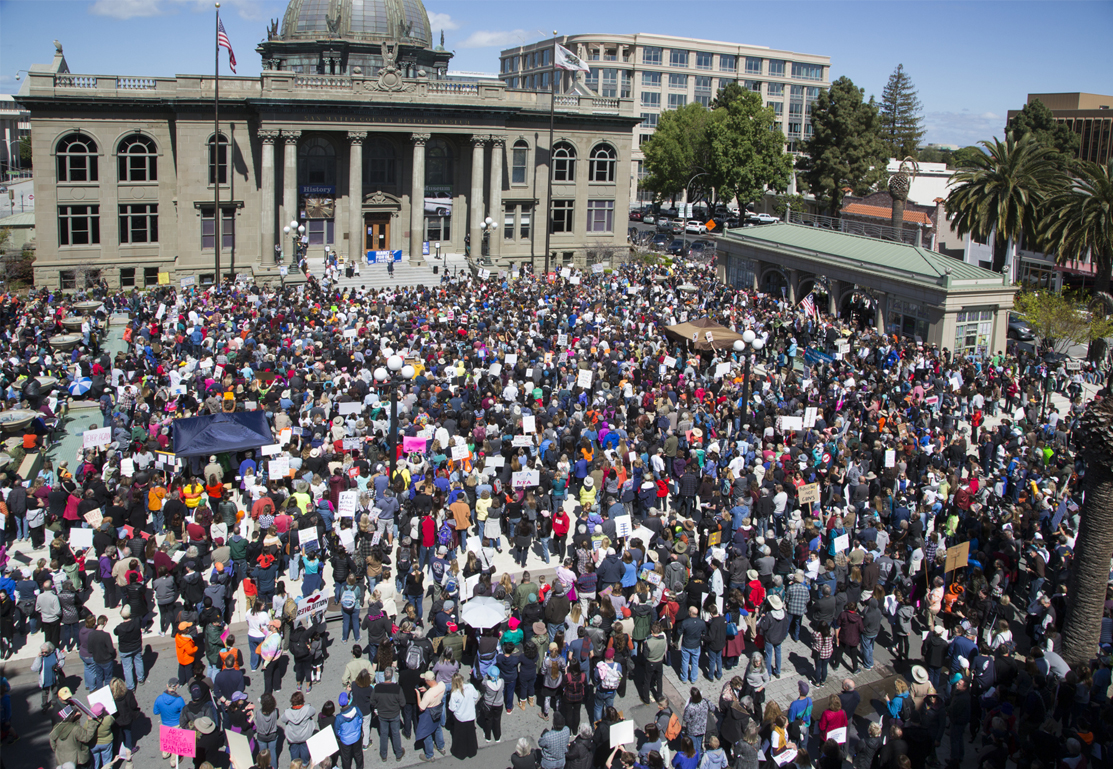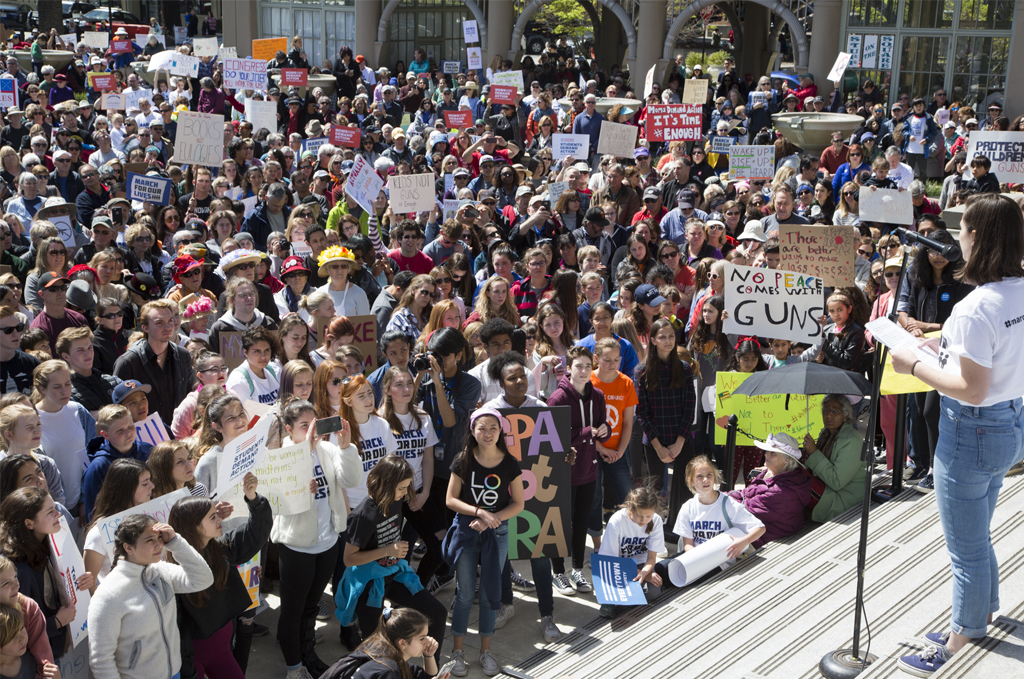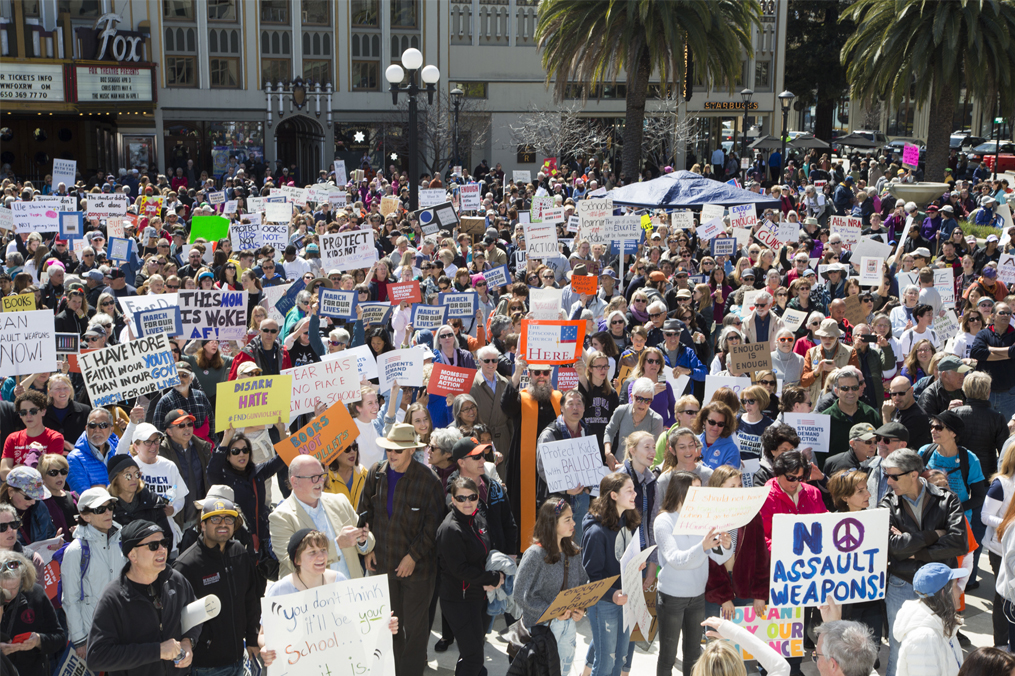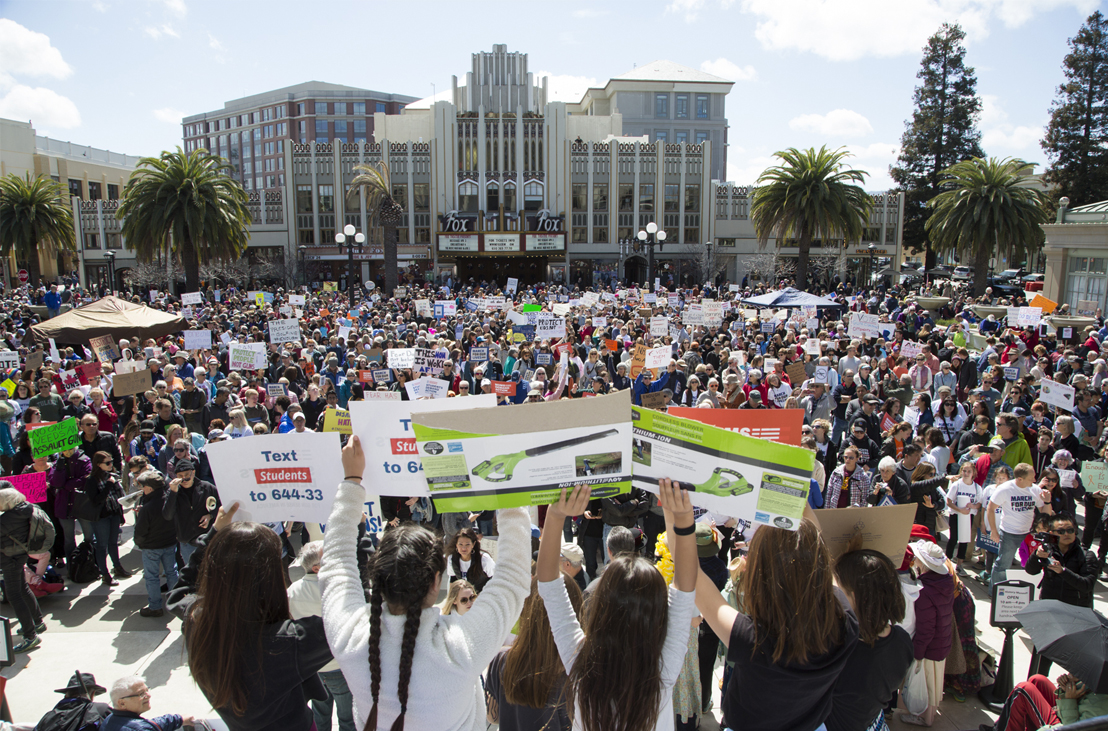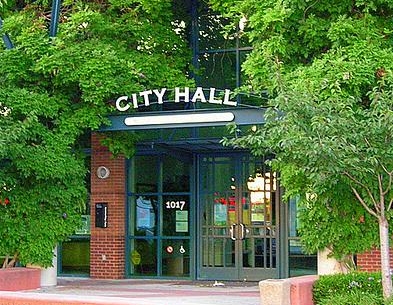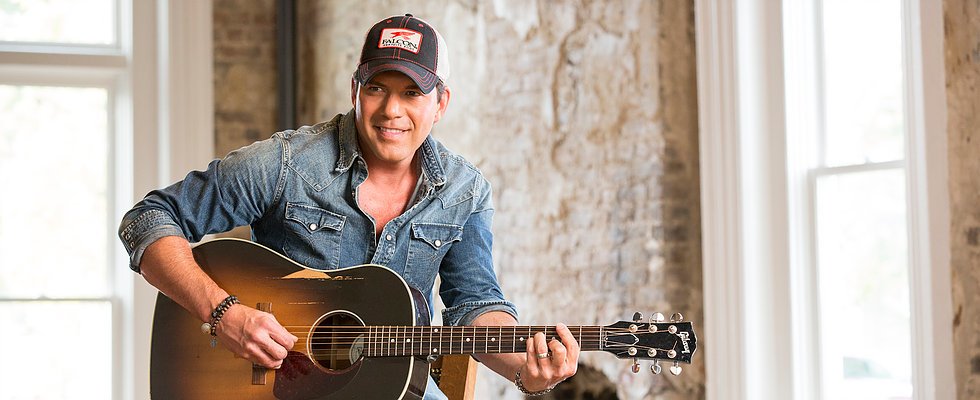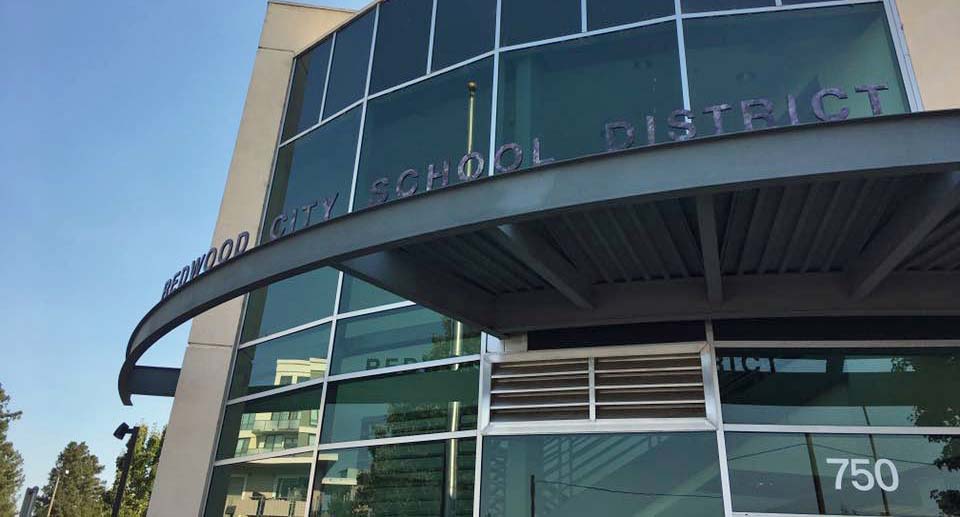San Carlos City Council rejects plan to install traffic signal at Alameda de las Pulgas and Eaton Ave.
This week, the San Carlos City Council voted against installing a traffic signal at the intersection of Alameda de las Pulgas and Eaton Avenue in San Carlos, near the Redwood City border, following opposition by local residents.
The four-way intersection in the residential area is currently slowed by stop signs, but San Carlos city officials proposed installing a traffic signal there in order to reduce congestion and backups on Alameda de las Puglas, particularly during commute hours.
Residents in the area expressed safety concerns about that plan, saying a traffic signal would encourage drivers to speed through green and yellow lights, making the roadway less safe, among other issues. About 345 people signed a MoveOn.org petition to oppose it, with a number of them attending Monday’s City Council meeting to voice concerns.
They effectively convinced council to vote against the plan Monday.
“We’re looking for ways to improve traffic congestion,” Vice Mayor Cameron Johnson said. “That’s what we want [city staff] to do and we want them continue to do it, we all benefit from it. But they also have to make the case to the neighborhood that it’s the right thing to do, and in this case it is very clear to me that we have not succeeded to do that.”
But Johnson said the problem of congestion at the intersection still exists and will eventually need to be addressed.
“I think this intersection traffic congestion will continue to get worse over time and I think we should continue to look for ways to improve it in ways that are acceptable to the community,” he said.

